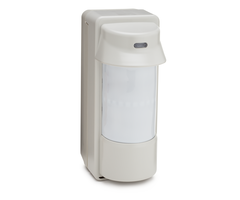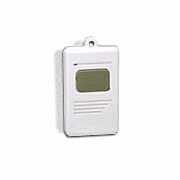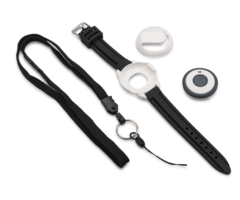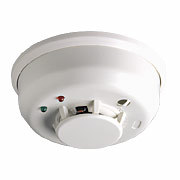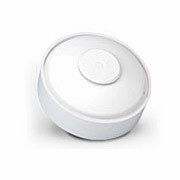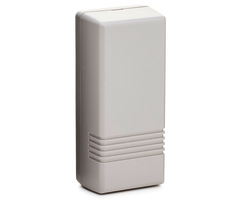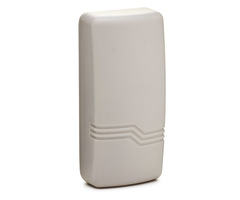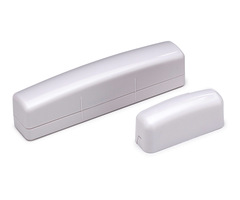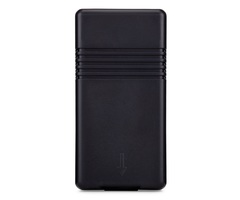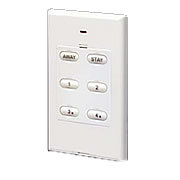Resideo has released Technical Notification #90 due to an issue in manufacturing. In this case, tamper switches on the 5800MINI were installed incorrectly. There is a sales hold on these units to allow a correction of this issue. Only white units are affected, this did not affect brown units.

The 5800MINI is a popular option. It has a small footprint and a convenient blue LED that indicates proper magnet alignment. Recently we have noticed that these units have been back ordered and are currently unavailable. This is most likely the cause.
The 5800MINI, like most wireless sensors, uses an internal tamper button to detect any unauthorized opening of the sensor. This button varies depending on the sensor, but in most cases on the cover, you typically will have a protruding plastic piece that is intended to press down on the tamper switch to close it when the cover is properly installed.
The defective units had this tamper button installed upside down. So when the cover is installed, the plastic piece built into the cover is not making contact with the actual tamper button. They have identified the faulty units to have been manufactured between February 13, 2023 and April 17, 2023. This would mean the date codes on these defective units will show 2307 through 2316. The date code consists of a 2-digit year, and 2-digit week of the year. The date codes can be found on a label on the box that the 5800MINI comes in.
If you recently installed an affected unit, you will likely already know, because the sensor will have indicated a tamper trouble that will not clear, even with the cover properly installed. Holding down the tamper with your finger and then disarming will allow you to clear it, though.
Commercial panels like the Vista-128BPT, have a feature that allows them to ignore zone tampers. This is enabled in programming field *24. If this feature is enabled on your commercial panel, you may not be aware of a tamper issue, as enabling this feature tells the panel to ignore all 5800 and polling loop zone tampers.
If you are currently installing one of these faulty sensors, and need a workaround until your warranty replacement arrives, there is an option. The 5800MINI, reports its tamper on loop 4. On Vista-15p, Vista-20p, and Vista-21ip panels, if you have an available unused wireless zone, you can program the serial number from the 5800MINI using loop 4 and use a non-response zone type, such as zone type 23 (no alarm response). For Lynx, Lyric, and PROA7PLUS panels, you can select "Other" as Device Type and "No Response" as the Response Type. Then the tamper will be ignored.
If you no longer have the box to visually identify the defective 5800MINI units by date code, compare yours with the pictures below. In the first picture, the IC chip is mostly covered with the serial number label, but the tamper button should be on the side closer to this chip. It is not. It is closer to the edge of the sensor.

If properly installed, the tamper should look like the second picture shown below. The IC chip is clearly shown in this image. It's a black square with a white dot in the middle. The black tamper button is on the side closest to this chip.

If you encounter one of these faulty devices, please contact the distributor or retailer where you purchased it. They can inform you of their method for resolving this issue. Alarm Grid customers can begin this process by emailing a picture of their faulty device's tamper switch and including the order number, if available. If you don't have the order number, please provide the email address associated with the order. Alarm Grid customers with defective devices will be sent a warranty replacement when the new ones are available. We can also offer you the workaround mentioned above, until the new product is available.
Resideo is offering the 5815 2-zone door and window sensor as a temporary replacement until 5800MINIs become available. For now, it will be at the same price as the 5800MINI. At alarmgrid.com we have made this adjustment to the pricing of the 5815. The 5815 has been lowered to a price of $24.99 until this issue is resolved. Please stay tuned for any updates on this issue, as we receive them.


















